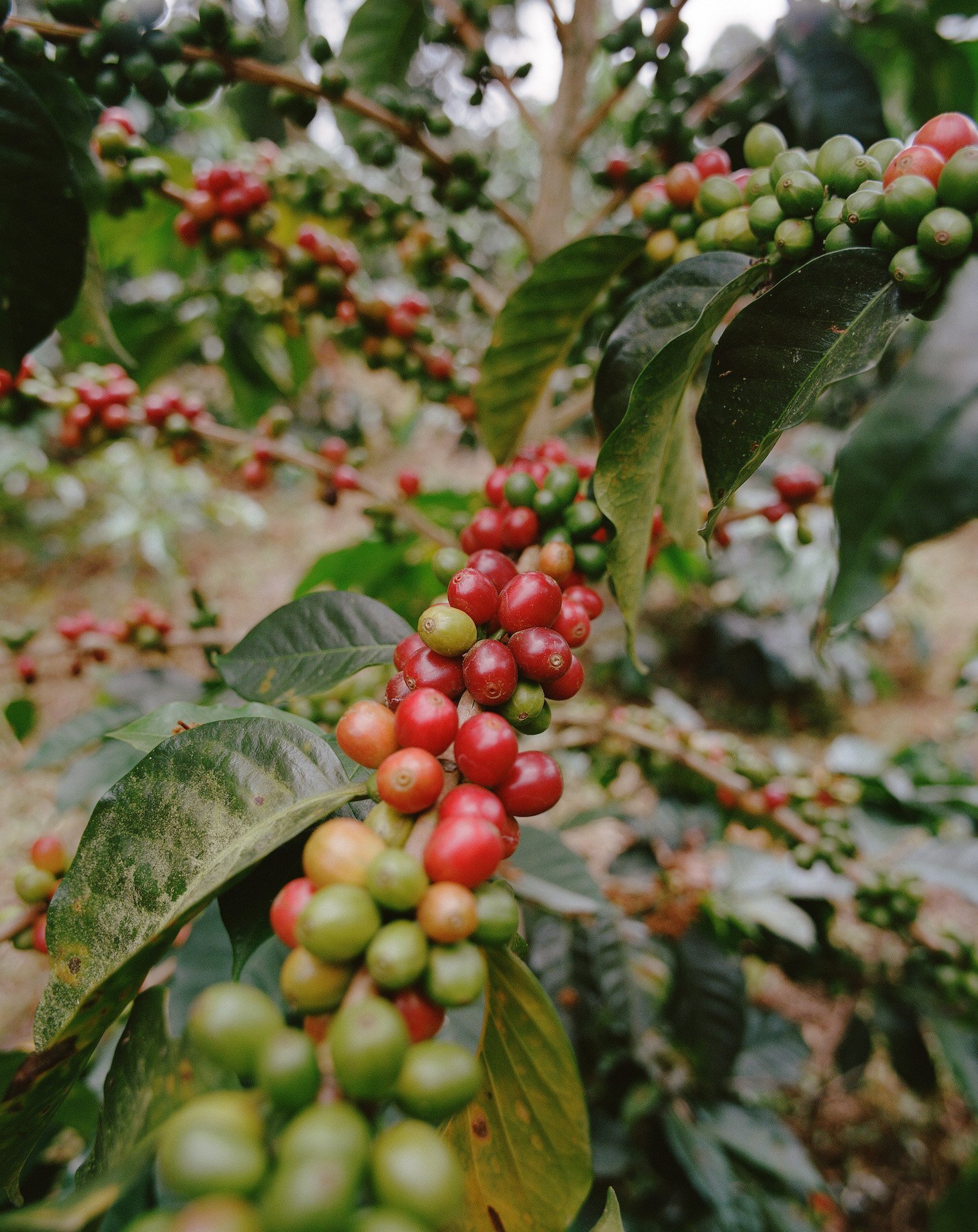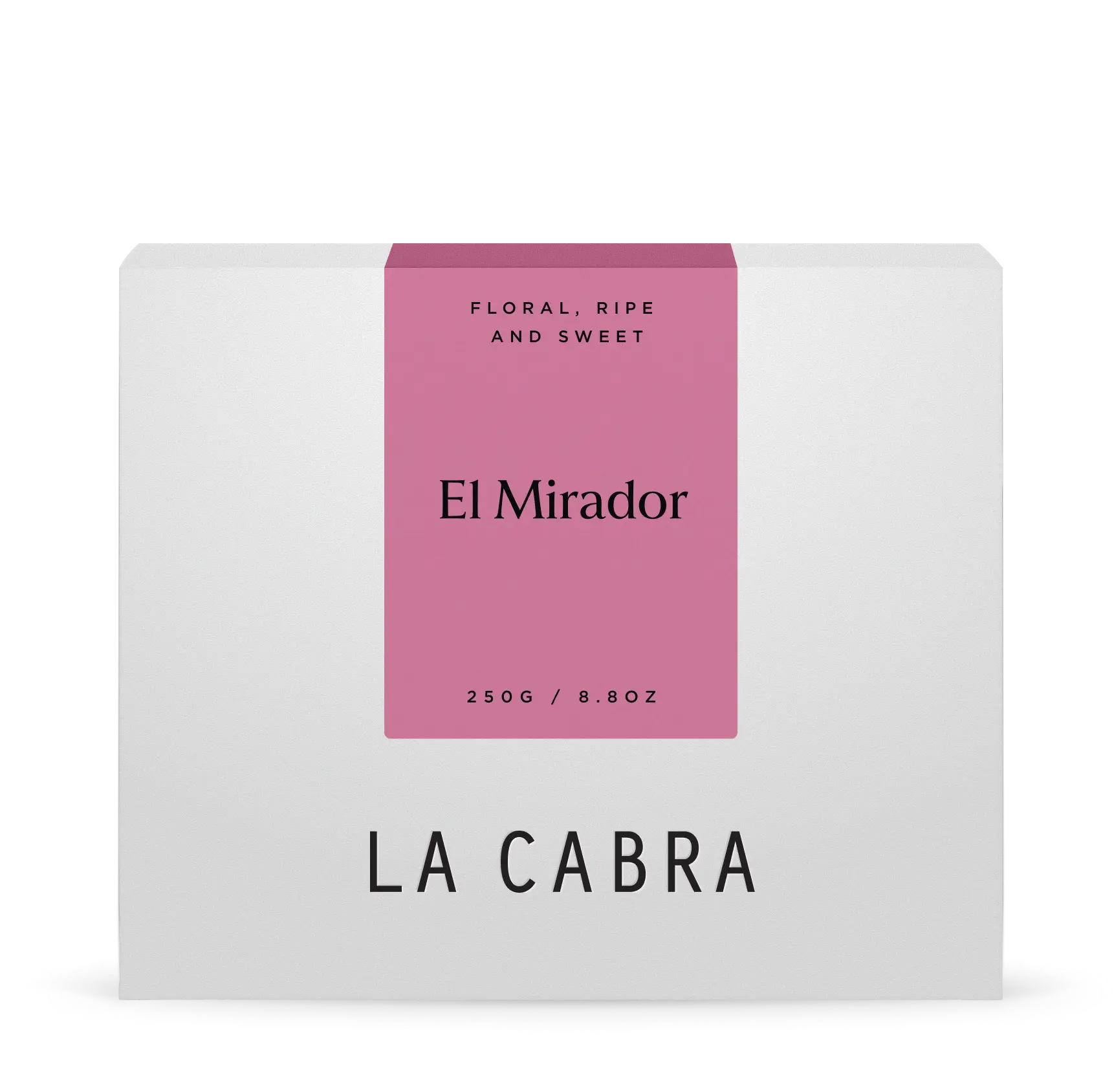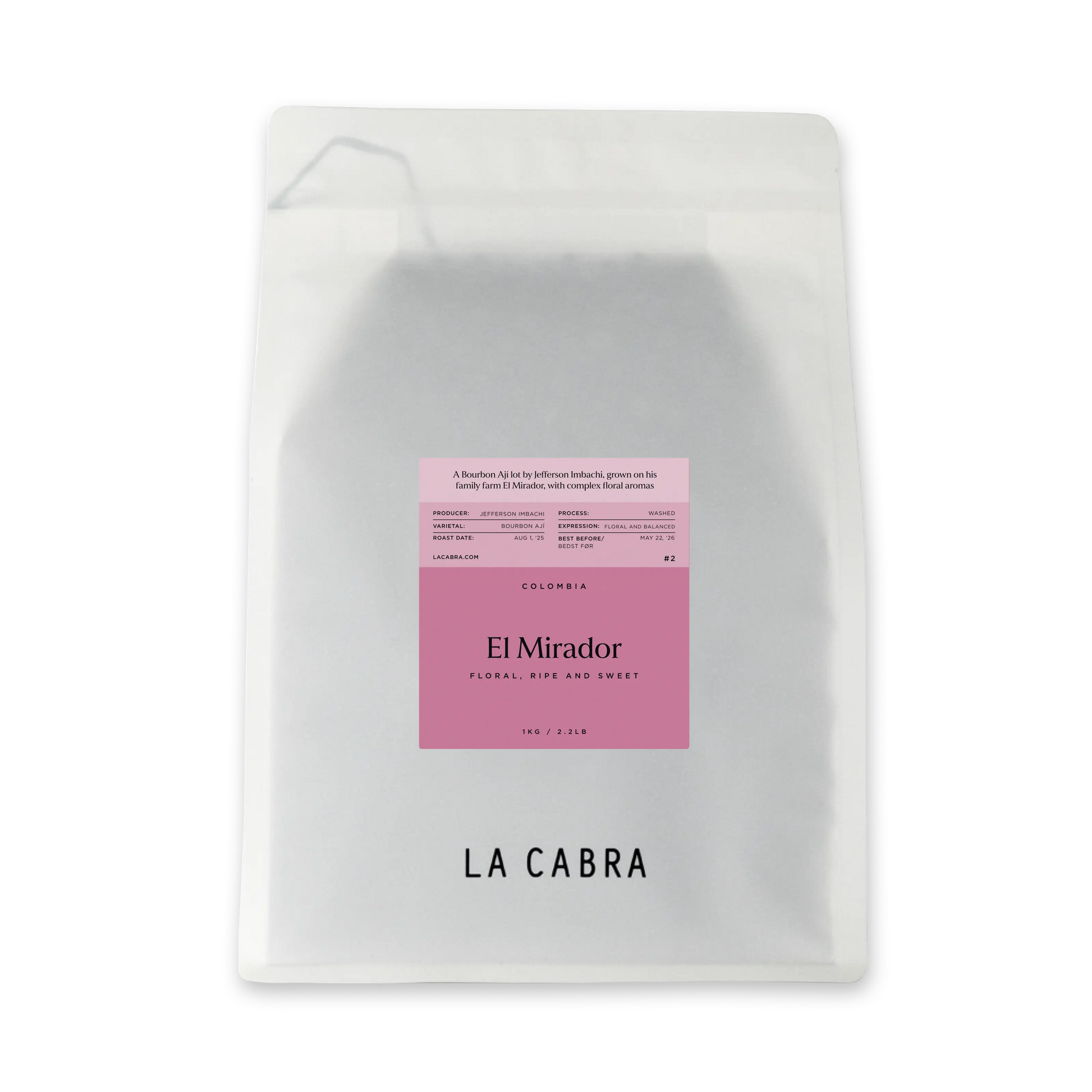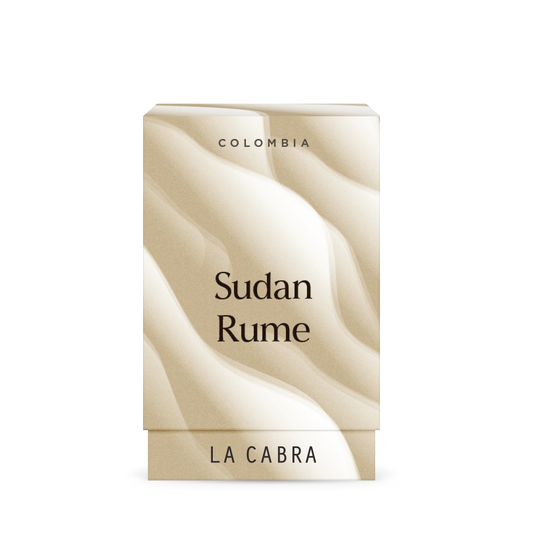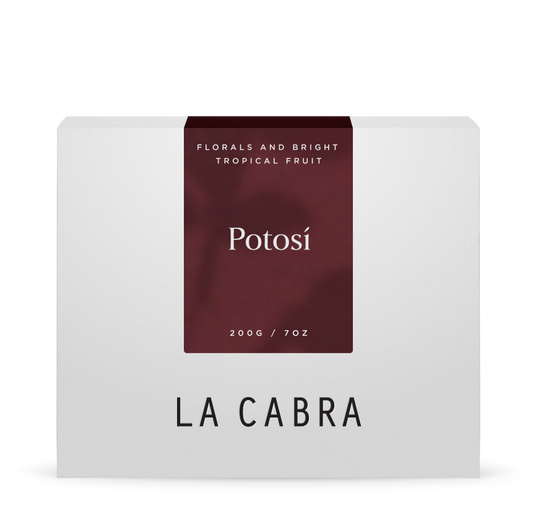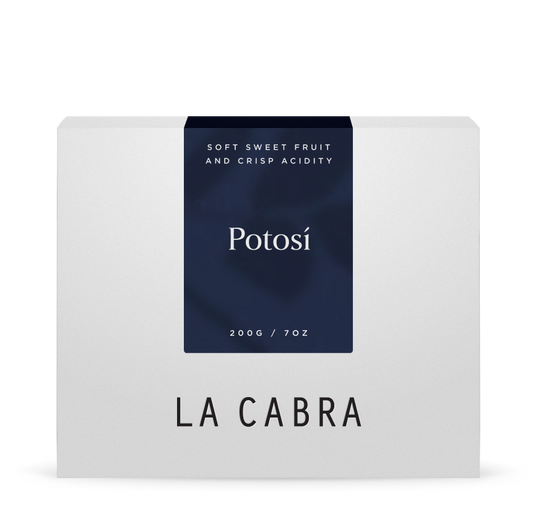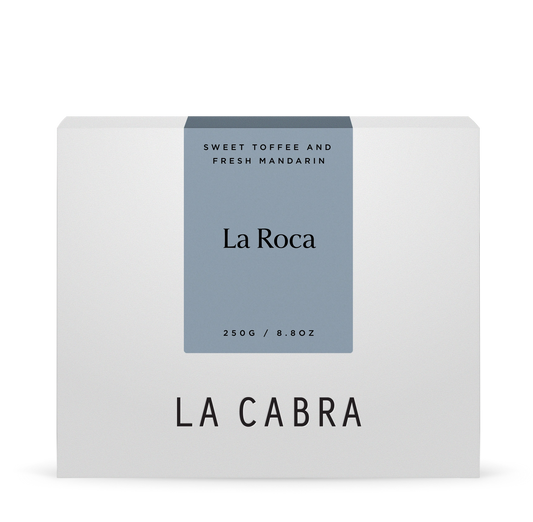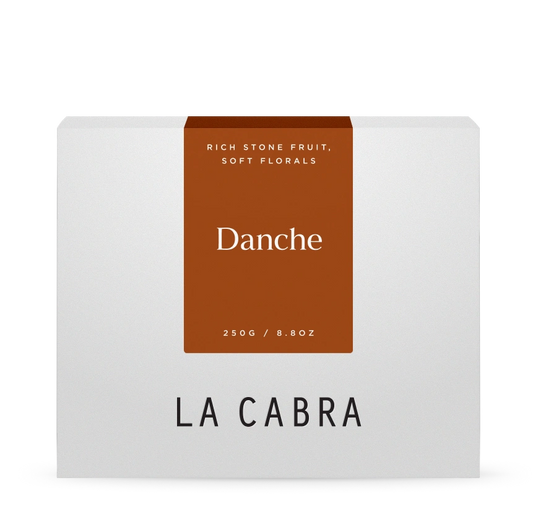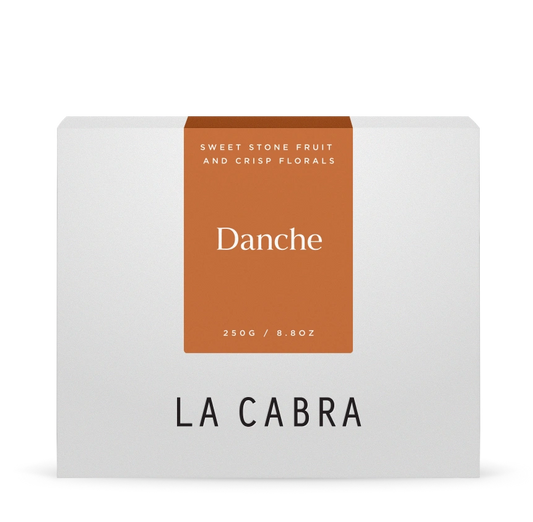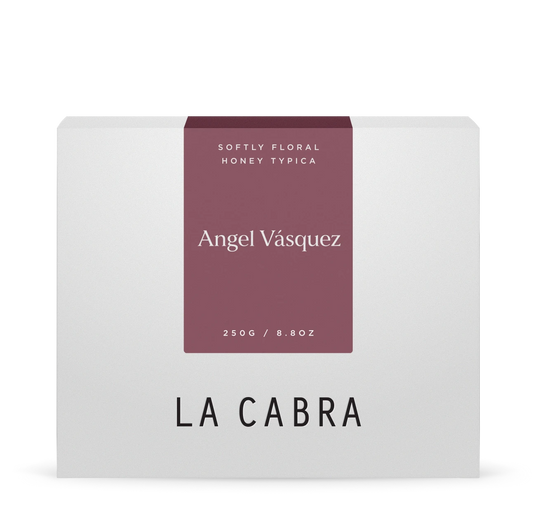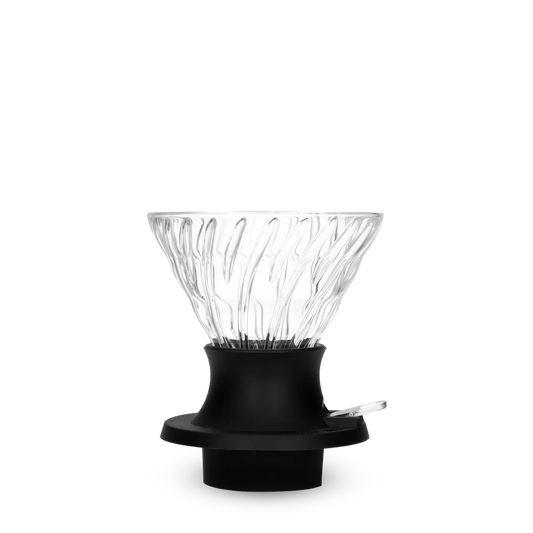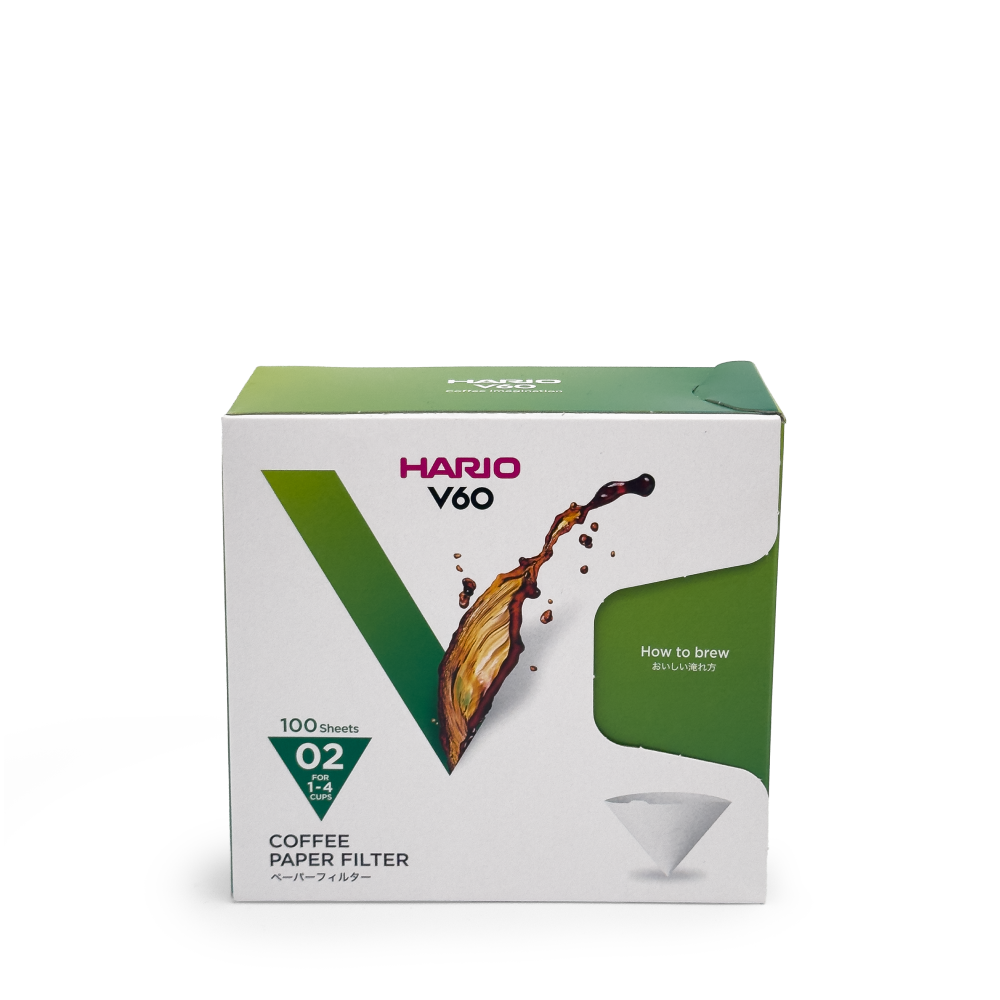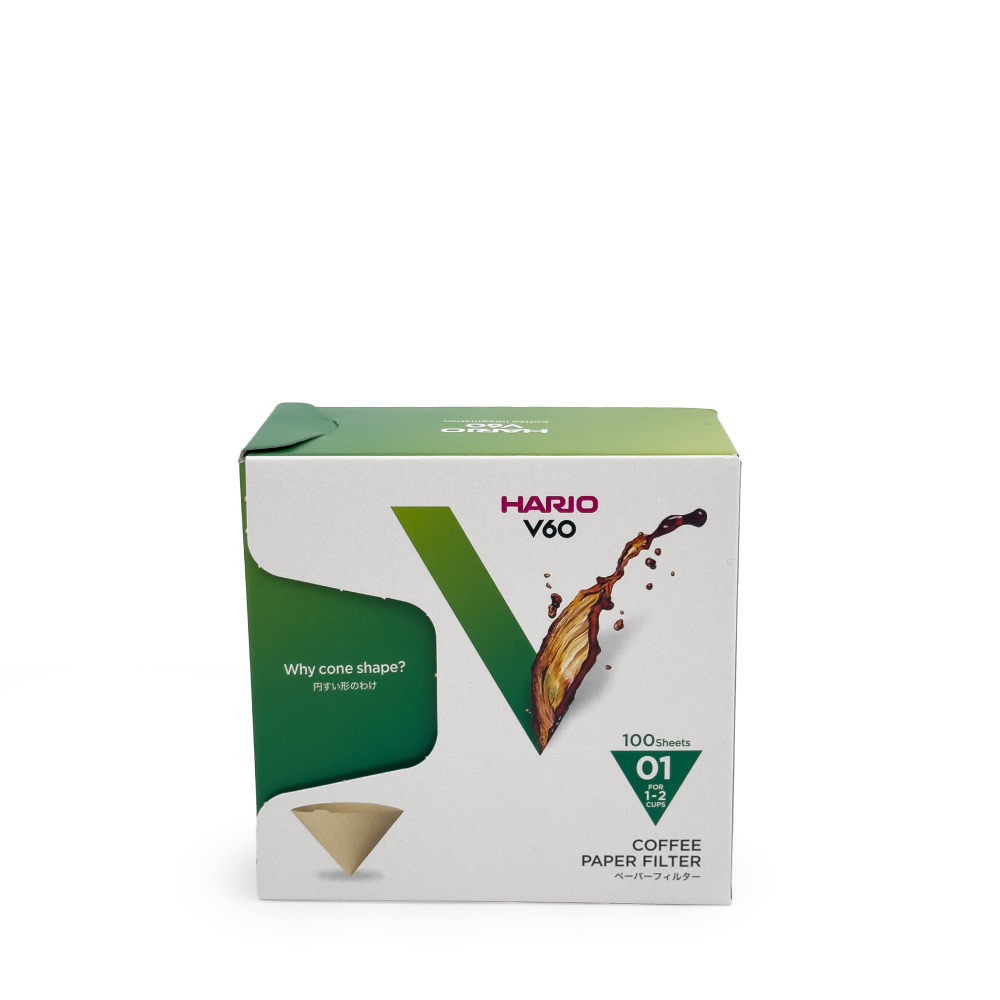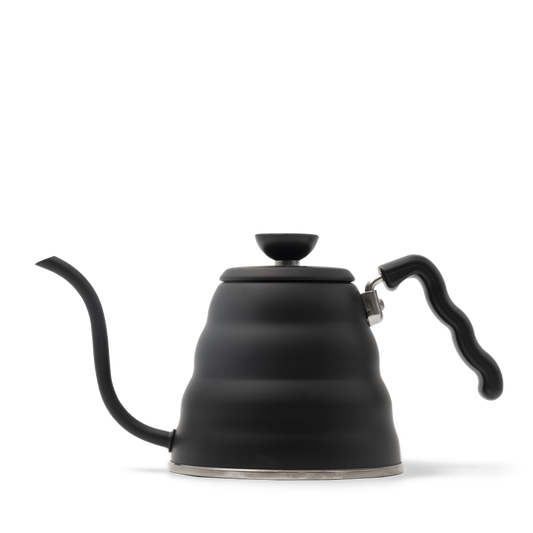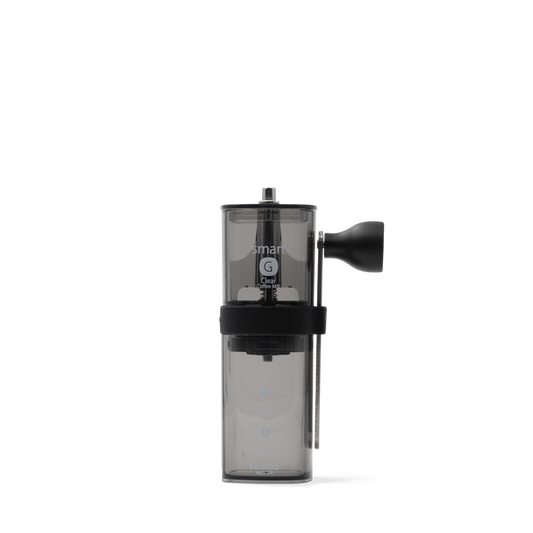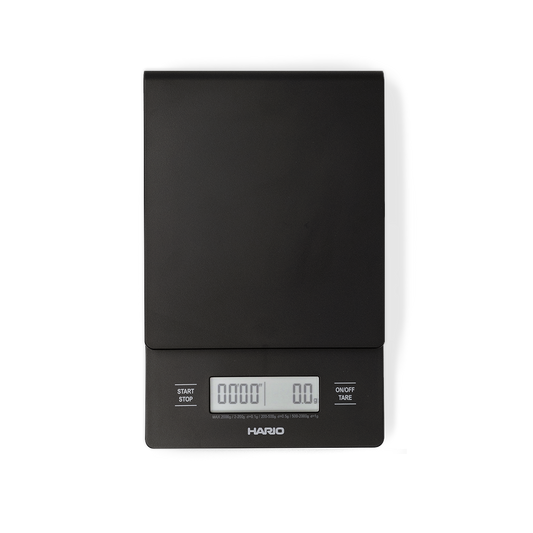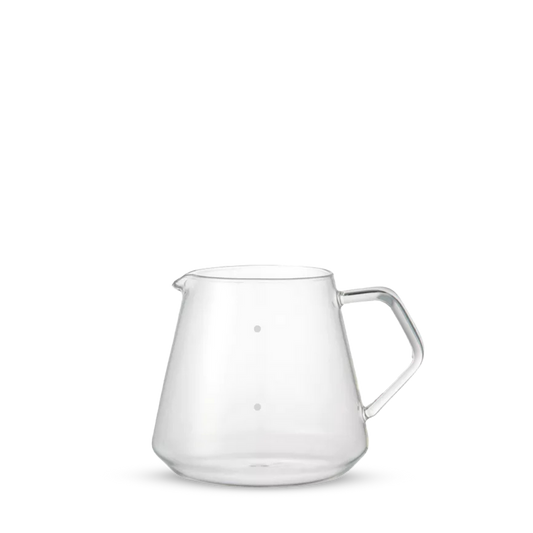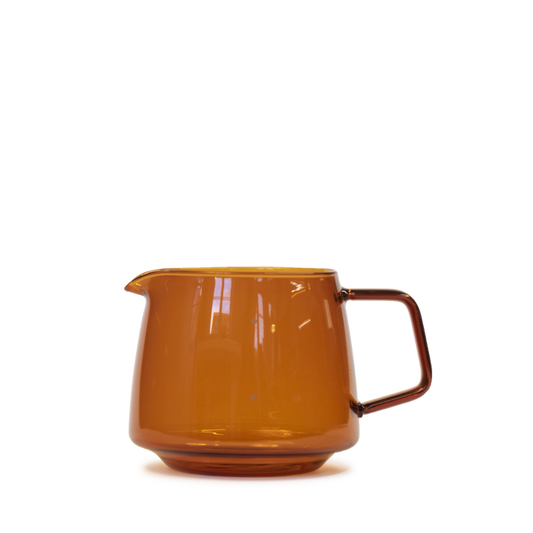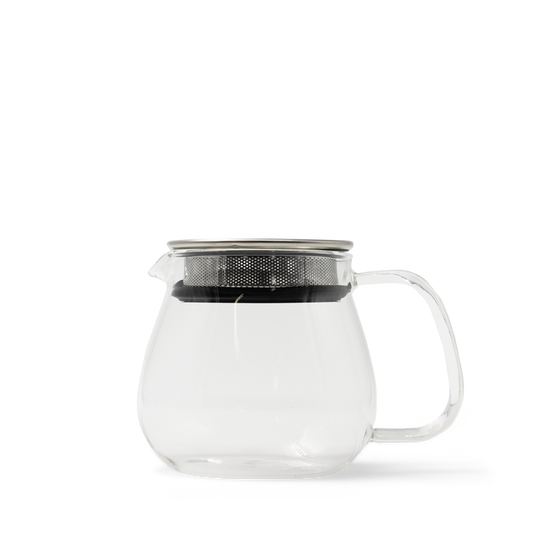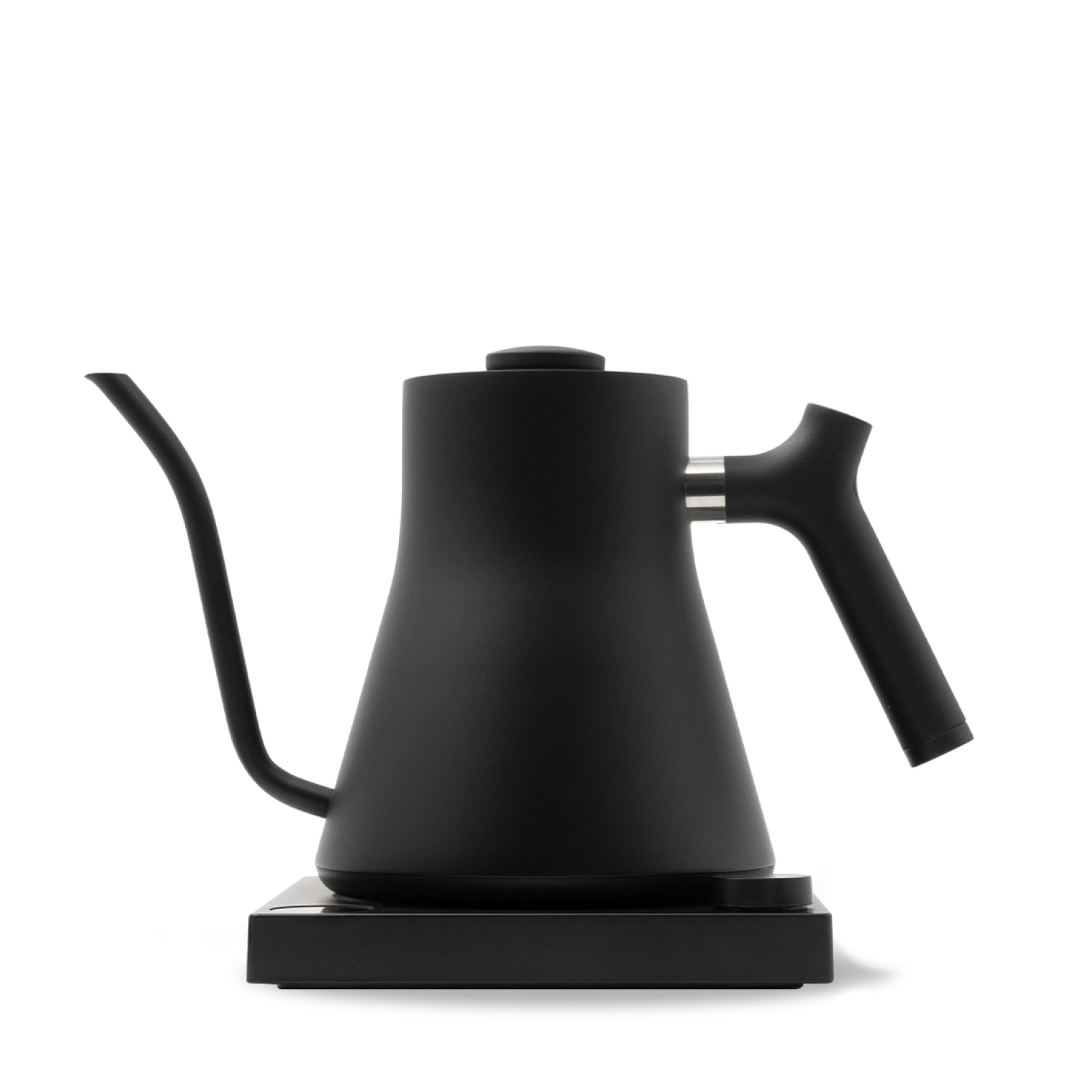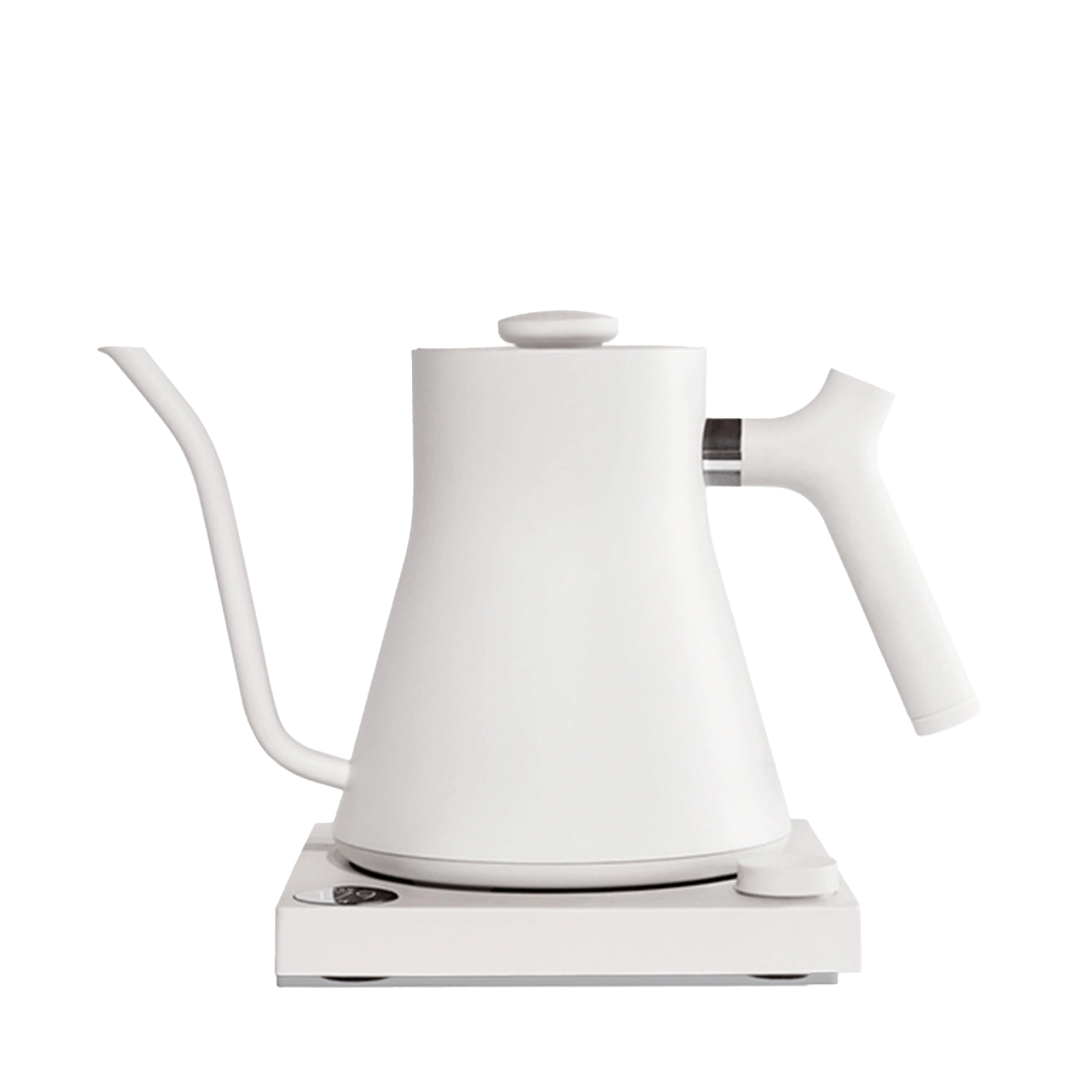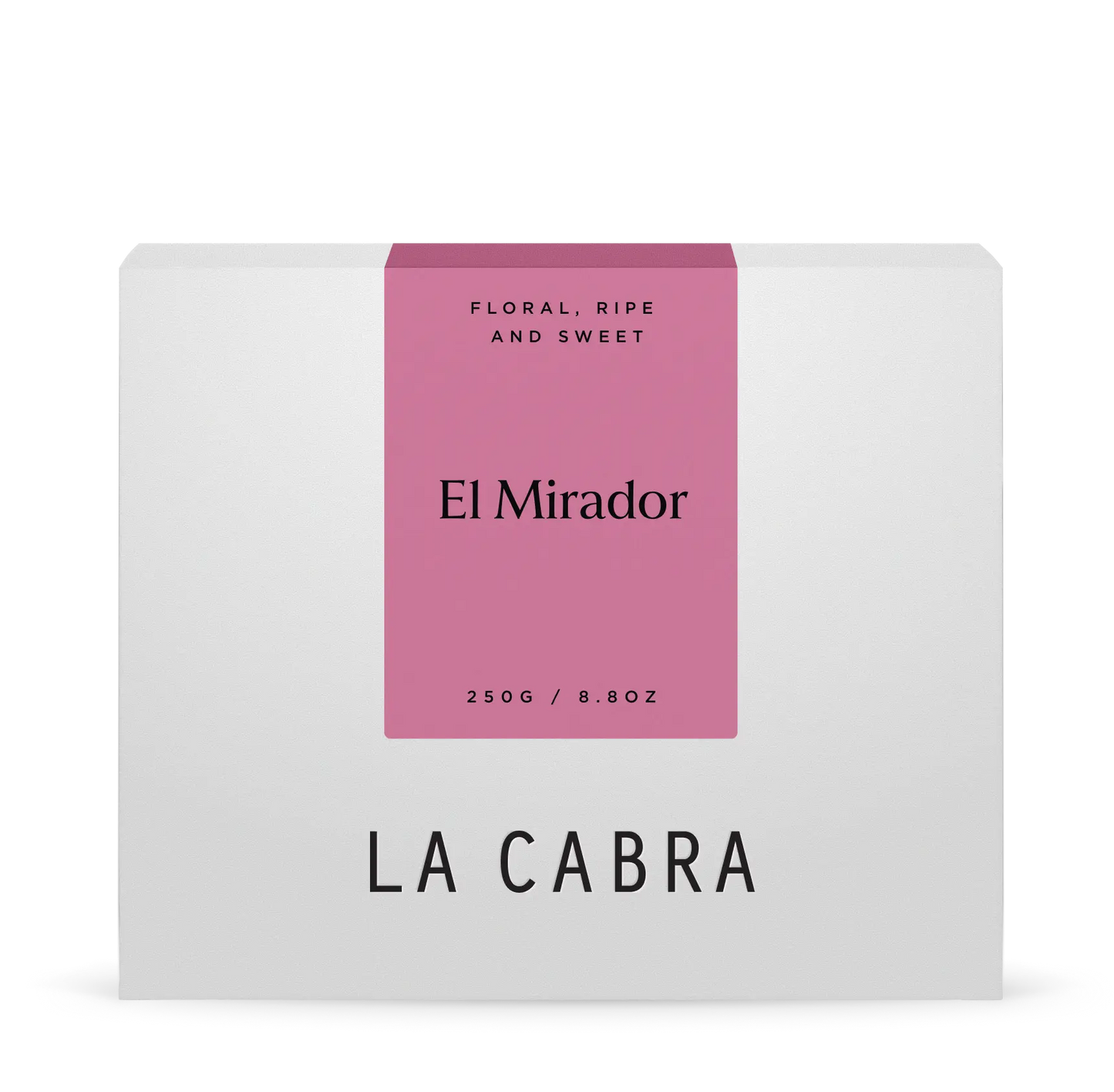
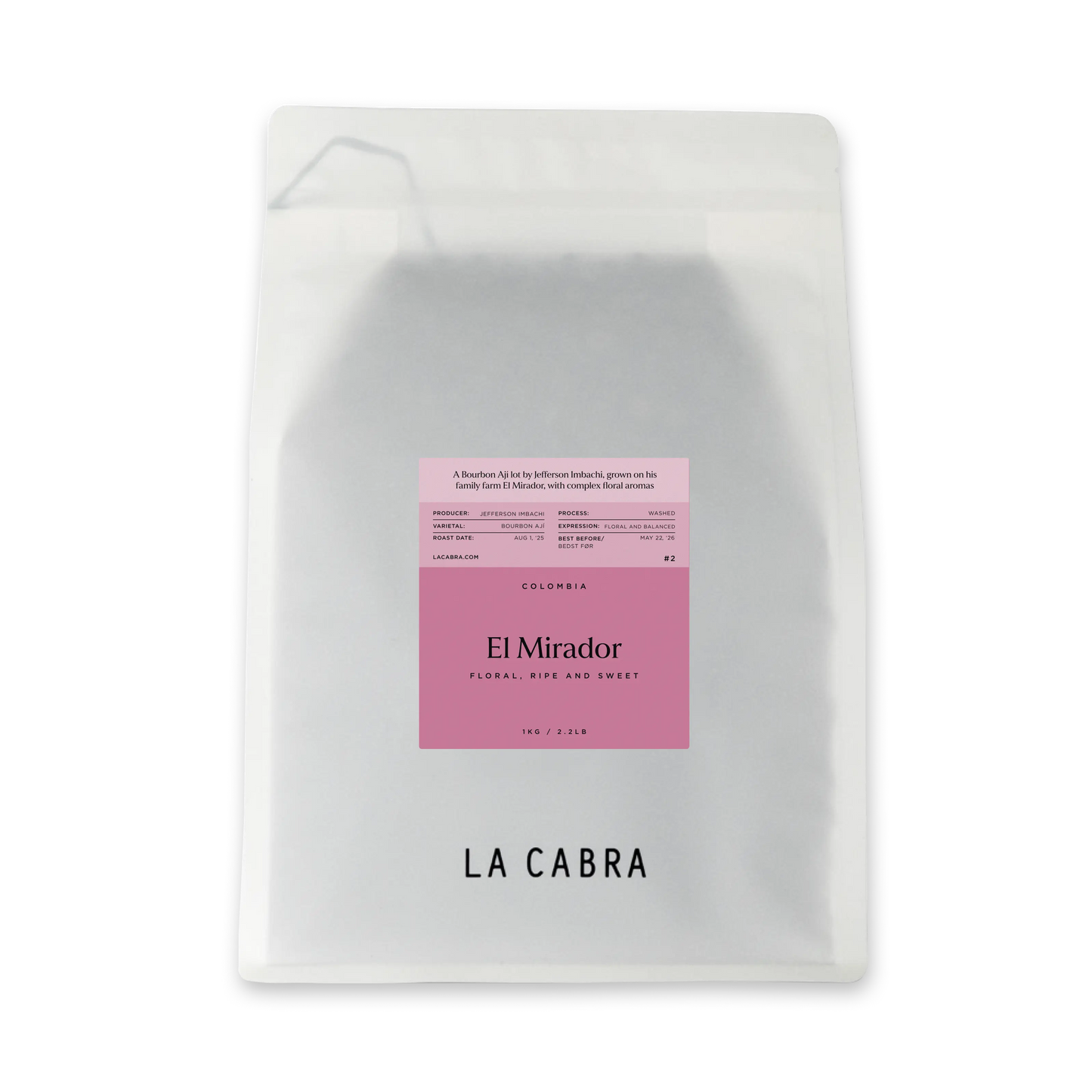
Jefferson Imbachi
Jefferson Imbachi has only been farming coffee at El Mirador for three years. He purchased the small three hectare plot in 2020, at a rather lower altitude than we often see in Huila, only 1500 masl. From here, he aimed for quality, recognising the fast moving market he was joining in Huila. He planted mainly exotic varietals, like Geisha, Pink Bourbon and Bourbon Ají. Bourbon Ají, or ‘Chilli Bourbon’ was discovered in the area around Brucelas, named for the slight burning sensation both when eaten and when touched, similar to a chilli pepper.
Honey Bourbon Ají
Jefferson knew that to unlock the potential of these exotic varietals, he had to have a great focus on every stage of the coffee journey, from nutrition to harvest and processing. He has maintained native forest, planted fruit trees for shade and biodiversity, utilised regenerative processes such as biochar, and experimented with processing.
This lot is a washed process, with a double fermentation. First, ripe cherries are fermented in open tanks for 36 hours before being submerged in cool water for 70 hours. This slows the fermentation considerably, allowing for moisture content to equalise and softening the profile in the cup. This leads to a rich and lush flavour profile of vanilla, ripe berries and sugar cane. The highlight is the complex floral and herbal aromatic profile, typical of many of the Ethiopian heirloom-derived varietals we find in Latin America, followed up by a juicy acidity and creamy body.
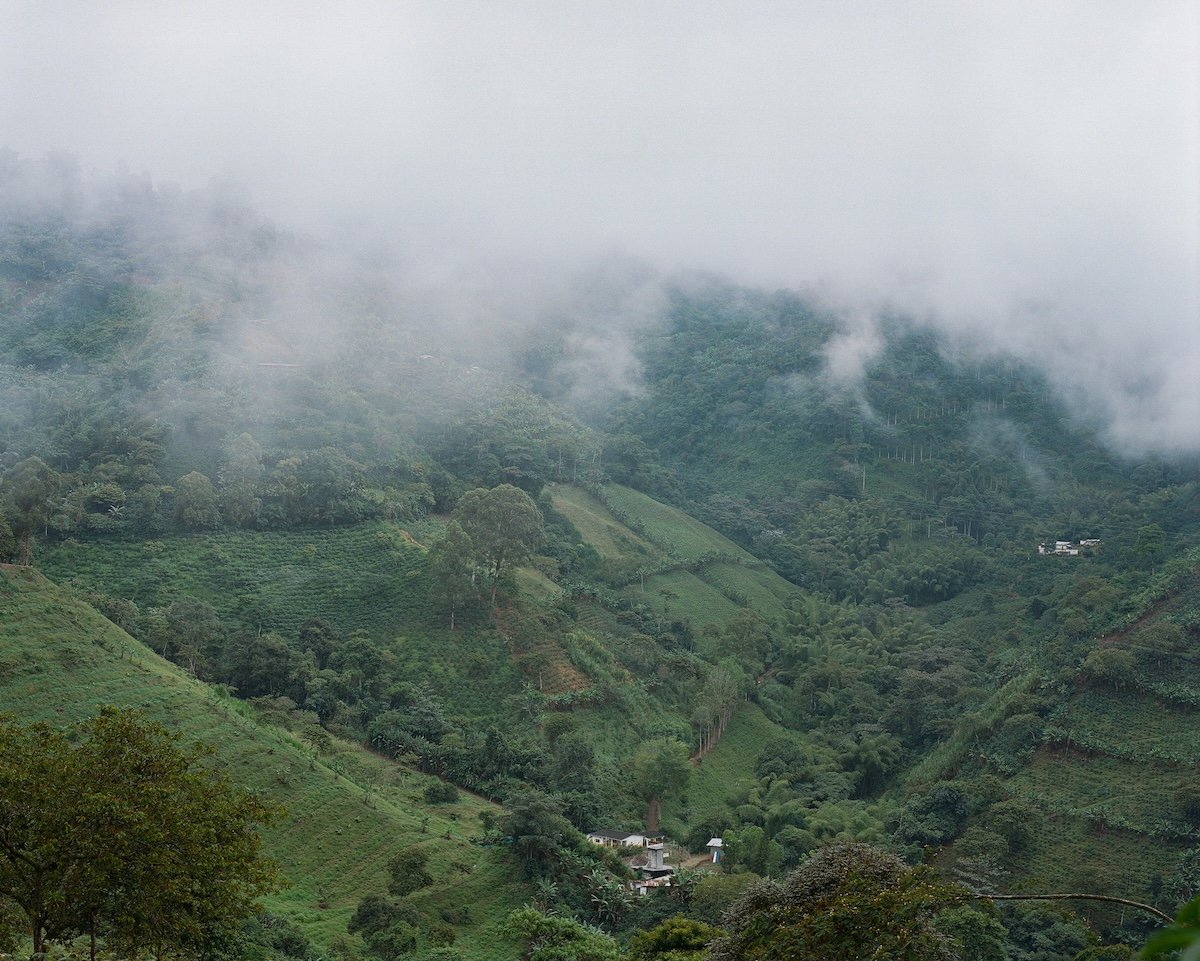
Huila
Jefferson grows coffee near the town of Palestina in southern Huila, one of the most renowned growing regions in Colombia. Huila’s volcanic soils, undisturbed by the intensive agriculture seen further north, are full of nutrition, and alongside high altitude, lead to excellent conditions for producing high quality coffees. We also see a great number of driven and agile small farmers here, many of whom have family history in coffee, but haven’t necessarily been working on the same large industrialised farms for generations, like we see in more established coffee regions.
This leads to a willingness to experiment, to innovate, and create lots that fulfil ever changing needs in the speciality coffee market. One example of this is Pink Bourbon, said to be a natural mutation discovered in Huila, an exotic varietal that exhibits crisp and clean aromatic character, often with floral and tropical elements.
